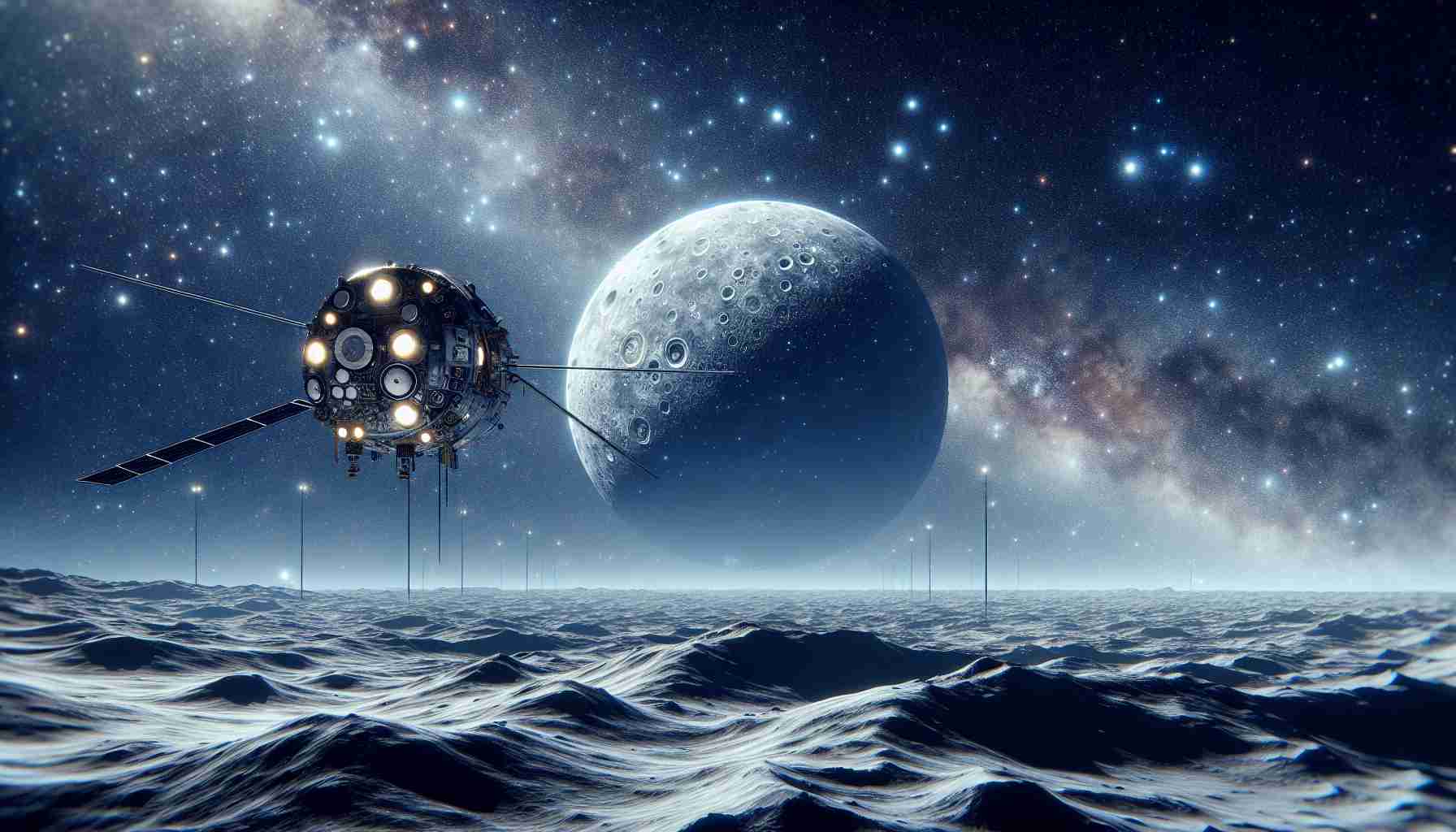
In an exciting development for space exploration, NASA is preparing to embark on the Europa Clipper mission, aimed at Jupiter’s intriguing moon, Europa. This captivating icy body could hold the key to understanding potential life beyond Earth.
The Europa Clipper will be NASA’s most ambitious spacecraft thus far, weighing approximately 6,000 kilograms. Its solar panel configuration is strikingly similar to the size of a basketball court, emphasizing its impressive engineering.
The mission’s primary focus revolves around a comprehensive examination of Europa’s surface and the hidden ocean that lies beneath its icy exterior. Equipped with nine state-of-the-art scientific instruments, including cameras and thermal imagers, the spacecraft will analyze the moon’s geological features, chemical makeup, and surface temperatures. A significant aspect of this exploration will concentrate on identifying potential environments where life could exist beneath the thick ice.
In addition to these objectives, the craft will gather data on the characteristics of Europa’s ocean, such as its depth, salinity, and the thickness of the ice shell above it. Expected to reach its destination over five years after launch, the mission is designed to lay the groundwork for more detailed investigations in the future, though it is not specifically aimed at finding life itself. This endeavor represents a pivotal moment in humanity’s quest to uncover the secrets of other worlds.
Nasa’s Europa Clipper Mission: Pioneering the Search for Life in Alien Oceans
NASA’s Europa Clipper mission is gearing up to provide unprecedented insights into one of the solar system’s most enigmatic worlds—Europa, one of Jupiter’s 79 known moons. This mission represents a significant step in extraterrestrial exploration and the search for possible life within our solar system’s ocean worlds.
What is the primary goal of the Europa Clipper mission?
The primary goal of the Europa Clipper mission is to investigate Europa’s potential habitability. Scientists aim to understand the moon’s ice-covered ocean, assess its chemistry, and ascertain whether the conditions there are suitable for life.
What are the key questions driving the mission?
Several critical questions frame the investigation of Europa, including:
1. Does Europa have the right conditions to support life?
Europa is believed to have a subsurface ocean beneath its icy crust, which may harbor the necessary ingredients for life.
2. What is the composition of the ocean?
Understanding the chemical makeup of Europa’s ocean is vital to evaluating its habitability potential.
3. How thick is the ice shell?
Determining the thickness of the ice covering the ocean is crucial for understanding the dynamics between the surface and the ocean beneath.
What challenges does the mission face?
The Europa Clipper mission is not without its challenges:
– Radiation Exposure: Europa is located within Jupiter’s intense radiation belts. The spacecraft must be designed to endure this environment while conducting its scientific objectives.
– Long Duration Mission: The journey to Europa and the duration of data gathering will require careful planning to maximize the mission’s scientific returns during its expected six-year operations.
– Communication Delays: The vast distance between Earth and Europa means that any commands sent and data received will experience significant communication delays, which could complicate mission operations.
What are the advantages and disadvantages of the mission?
Advantages:
– Scientific Discovery: Europa may hold the keys to understanding whether life exists beyond Earth; potential discoveries could revolutionize our knowledge of other life-sustaining environments.
– Advanced Technology Development: The mission will test new technologies in spacecraft design and instrumentation, which could benefit future missions.
Disadvantages:
– High Costs: As with many space missions, the financial investment required for the Europa Clipper may be scrutinized amid competing priorities for funding in space exploration.
– Expectations vs. Reality: The mission may not find definitive evidence of life, which could lead to disappointment, despite likely advancing our understanding of Europa significantly.
This groundbreaking mission promises to deepen our understanding of one of the most fascinating bodies in our solar system. By exploring the depths of Europa’s ocean and examining its icy surface, the Europa Clipper will illuminate not only the moon itself but also the broader question of life’s existence beyond Earth.
For more information on NASA’s missions, visit NASA.



